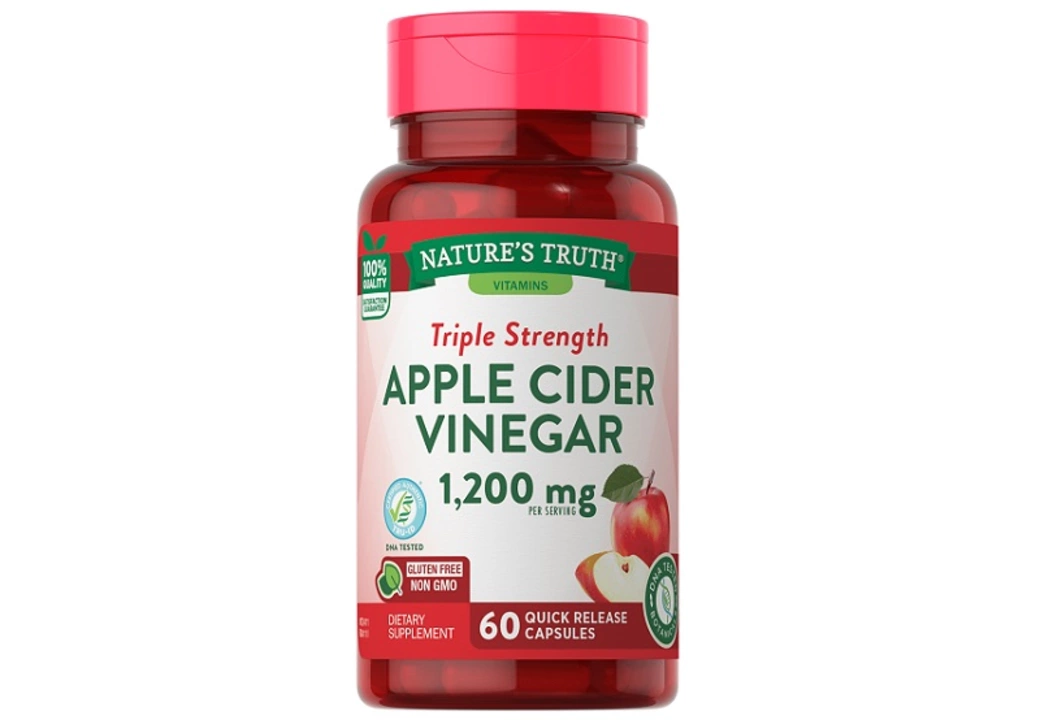If you’ve ever walked past a low, fuzzy plant with tiny pink flowers and wondered if it’s worth more than decoration, the answer is yes. That plant is hedge‑hyssop, also called field betony or Stachys arvensis. People have used it for centuries as a mild remedy for colds, digestive upset, and skin irritations. Today it’s making a comeback among herbal enthusiasts who like low‑maintenance plants that actually do something useful.
Before you start buying seeds, let’s break down what makes hedge‑hyssop special. The herb contains tannins, flavonoids, and essential oils that give it anti‑inflammatory and antimicrobial properties. Those compounds are why folk medicine has trusted the plant for sore throats, coughs, and minor wounds. You don’t need a pharmacy to benefit – a simple tea or tincture can do the trick.
Cold & flu relief: Boil a handful of fresh leaves in water, strain, and sip. The warm liquid soothes a scratchy throat while the plant’s mild antiseptic action helps clear congestion.
Digestive aid: A tea made from dried herb can calm an upset stomach. It works like a gentle antispasmodic, easing cramps without harsh chemicals.
Skin support: Crush fresh leaves into a paste and apply to minor cuts or insect bites. The anti‑inflammatory compounds reduce redness and speed up healing.
Most people use hedge‑hyssop in small amounts – a cup of tea a day or a few drops of tincture. If you’re pregnant, nursing, or on medication, check with a health professional first; the herb is generally safe but can interact with blood thinners.
Hedge‑hyssop loves sunny spots and well‑drained soil. It’s tough enough to handle light frost, making it ideal for temperate gardens. Here’s a quick starter guide:
Dry leaves and flowers keep well for up to a year if stored airtight. That means you can have a steady supply of herbal tea without replanting every season.
And there’s a bonus: hedge‑hyssop attracts beneficial insects like hoverflies, which help control garden pests. So you get health benefits for yourself and a little ecosystem boost for the yard.
Ready to give it a try? Grab some seeds from a reputable supplier, follow the simple planting steps above, and start experimenting with teas or topical salves. You’ll soon see why this humble herb has earned a spot in both old‑world remedies and modern DIY herbal kits.

I recently discovered the incredible healing properties of Hedge-Hyssop, and I can't wait to share this new go-to dietary supplement with you all! Not only does this powerful herb support digestion and ease stomach issues, but it also helps to reduce inflammation and alleviate pain. As a natural remedy, Hedge-Hyssop has been proven to be safe and effective. I've personally experienced its benefits and highly recommend giving it a try. Incorporating Hedge-Hyssop into your daily routine could be the perfect addition to support your overall health and well-being.
Explore how antioxidant supplements can reduce oxidative stress, ease pain, and support standard therapy for chronic pancreatitis, with dosing tips and safety advice.
A practical, side‑by‑side comparison of Aromasin (exemestane) with letrozole, anastrozole, and tamoxifen, covering mechanisms, side effects, cost, and choosing the right drug.
Learn how to buy cheap generic Neurontin online safely, compare prices, spot scams, and manage your prescription with expert tips.
A side‑by‑side comparison of Nasonex with top nasal sprays, covering efficacy, onset, cost, and best‑use scenarios to help you choose the right allergy spray.
As a blogger, I recently came across a game-changing dietary supplement called Apoaequorin that has been making waves in the health industry. This incredible supplement is known for its potential to enhance memory and focus, which is something we could all benefit from. Derived from the Aequorea Victoria jellyfish, Apoaequorin is a unique protein that has shown promising results in improving cognitive function. I'm excited to explore and share more about this supplement with my readers, as it could be a revolutionary addition to our daily routines. Stay tuned for an in-depth article discussing the benefits, research, and potential side effects of Apoaequorin!